 Where did they come from?
Where did they come from?
Why Winter Pest Control?
Most people don’t think about Winter pest control. But the pests are there, just hidden. Actually, the pests Winter and multiply in your nice warm home, and as the weather heats up in the Spring, they emerge from hiding.
With a little Winter pest control, you can avoid the “Spring surprise”. It’s as easy as keeping up with your pest control program, though at a lower level, through the colder Winter months. According to the National Pest Management Association, homeowners need to continue implementing preventive measures throughout the season to ensure no pests will be disturbing them during the holidays, and then later emerging in the Spring.
Winter Pest Control Strategy
A good Winter pest control program starts with creating exclusion steps to keep pests out and eliminating their food sources as well as using chemicals and traps when necessary.
The first step in your Winter pest control program is to conduct a pre-Winter inspection for entry points as well as schedule times when either you or your bug guy will apply external insect barriers. Credits: Is Pest Control Necessary In Winter | – Horizon Pest Control
Your Winter pest control program will primarily target pests like German Cockroaches, house mice and brown recluse spiders:
Winter Pest Control for German Cockroaches
 German cockroaches get inside your home by hitchhiking on grocery bags, boxes and furniture. Anything that you bring to your house, especially those that you bought from second hand sources, may contain German cockroaches. So you will need to very carefully inspect them before bringing them inside your home. With regards to grocery bags and boxes, you may opt to open them outside your home.
German cockroaches get inside your home by hitchhiking on grocery bags, boxes and furniture. Anything that you bring to your house, especially those that you bought from second hand sources, may contain German cockroaches. So you will need to very carefully inspect them before bringing them inside your home. With regards to grocery bags and boxes, you may opt to open them outside your home.
What makes German cockroaches dangerous is their ability to easily spread bacteria, human pathogens and allergens by contaminating your food. Also, it has been reported that they could also trigger an allergy attack and even aggravate asthma symptoms in children.
Winter pest control measures involve keeping your kitchens and bathrooms clean and dry. Do not leave leftover food or spilled crumbs on the floor or kitchen counters over night. And always dispose your garbage properly and regularly.
Winter Pest Control for House mice
 These are the common mice that you often see scurrying around the house. They like to take shelter in dark and secluded areas of the house. So if you want to see where they’re hiding, you’d better check the basement and the attic. You’ll want to get rid of house mice as soon as you realize they’re sheltering with you because of the damage they can do to your home and belongings, as well as the risk they’re placing on you and your family’s health. Keep in mind that house mice are known to spread diseases including Salmonella and tapeworms by contaminating your food.
These are the common mice that you often see scurrying around the house. They like to take shelter in dark and secluded areas of the house. So if you want to see where they’re hiding, you’d better check the basement and the attic. You’ll want to get rid of house mice as soon as you realize they’re sheltering with you because of the damage they can do to your home and belongings, as well as the risk they’re placing on you and your family’s health. Keep in mind that house mice are known to spread diseases including Salmonella and tapeworms by contaminating your food.
For effective Winter pest control, conduct an overall home inspection and look for any gaps or holes. Tightly seal these cracks and holes. You may opt to use caulk and steel wool to seal them. You also want to keep your garage, basement, and attic free of clutter as these could serve as great hiding places for mice.
 Winter Pest Control for Brown Recluse Spiders
Winter Pest Control for Brown Recluse Spiders
You will often find these spiders inside your closet, attic, crawl spaces, basement, and any other secluded area inside your home. Aside from these, they are also often found inside boxes, in clothes and shoes that you seldom use, and along window moldings.
What makes brown recluse spiders dangerous is their venom, so don’t disturb them when you see them or you could end up being bitten.
Winter pest control measures that will help keep these spiders away from your home involve keeping trees and shrubs trimmed. Make sure no branches or limbs reach your home or overhang your roof. You should also store unused clothes and shoes in tightly sealed containers. You can opt to use plastic or clear containers so it will be easy for you to see inside the container without opening it and sealing it back. Credits: Start Early With Your Winter Pest Control | AAA Pest Control Myrtle …
A good Winter pest control program will help you avoid a “Spring surprise”. Conduct a pre-Winter inspection, and keep up with your pest control efforts even if it appears that everything is under control. We suggest a pre and mid-Winter professional pest control visit and application. This will give you a head start in the Spring as well as keep you and your family safe and secure during the colder winter months.
Winter Pest Control Help
Call ApolloX Pest Control
(888) 499-7378
 Why Cockroach Prevention?
Why Cockroach Prevention? Cockroach Prevention Begins with Identification
Cockroach Prevention Begins with Identification





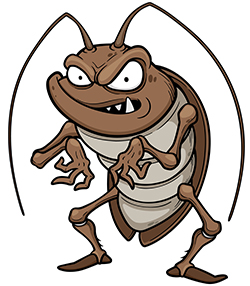



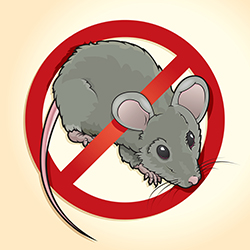




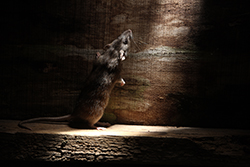
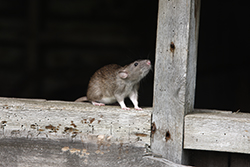


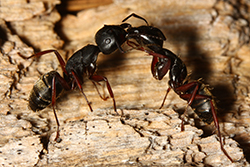
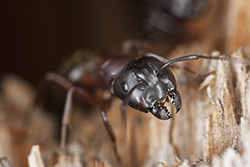





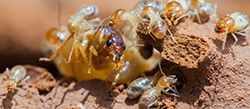
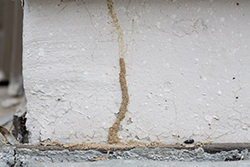



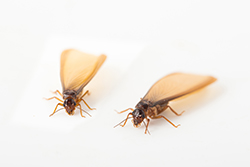
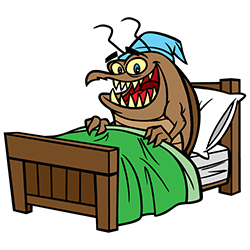
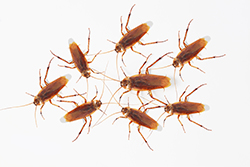

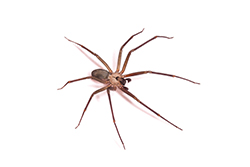

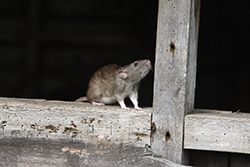

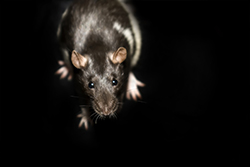







Recent Comments